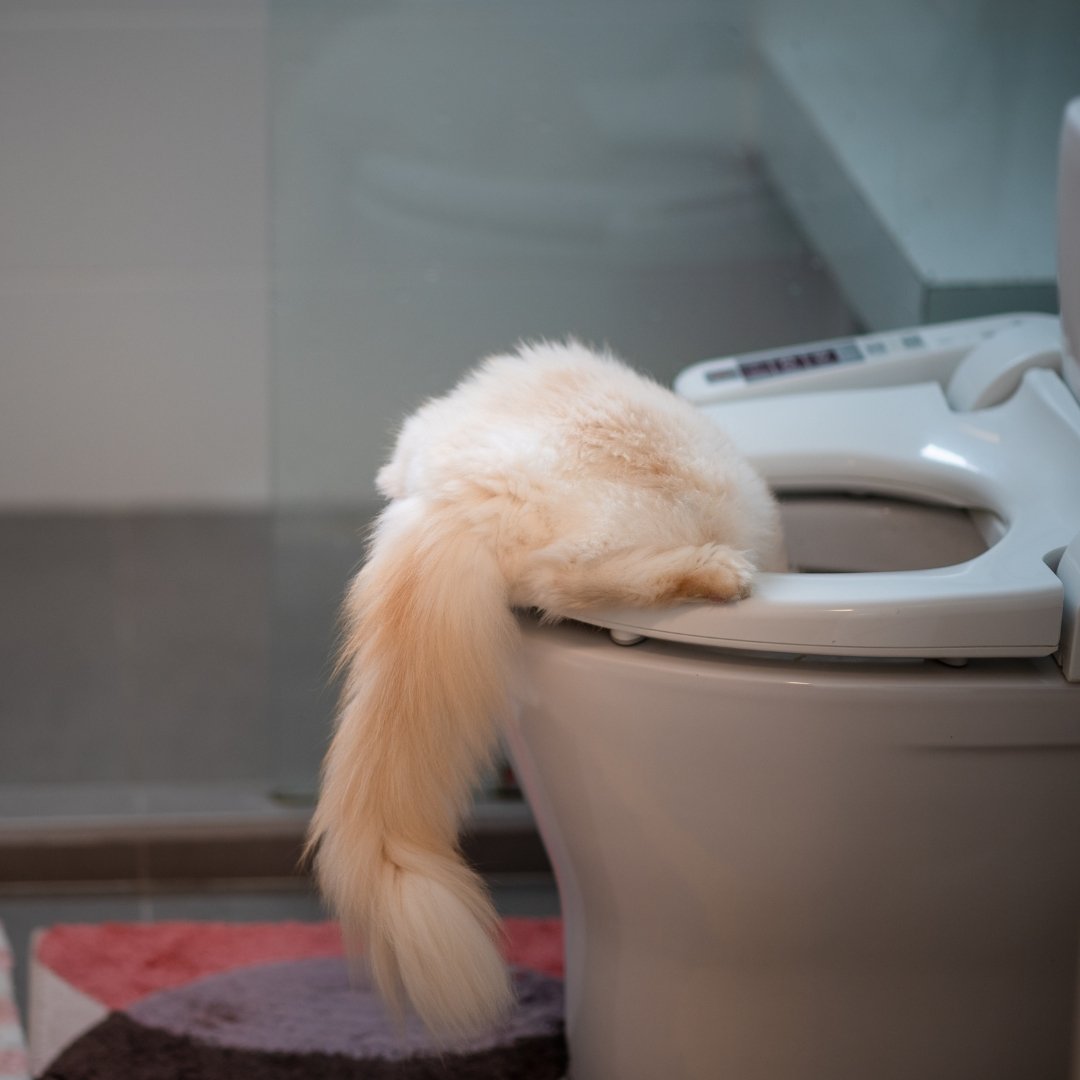Dangers of Flushing Cat Poop Down Your Toilet - Prevent Potential Problems
Dangers of Flushing Cat Poop Down Your Toilet - Prevent Potential Problems
Blog Article
This post down below about How to Dispose of Cat Poop and Litter Without Plastic Bags is truly captivating. You should investigate for yourself.

Intro
As pet cat proprietors, it's important to be mindful of exactly how we take care of our feline good friends' waste. While it might seem practical to purge pet cat poop down the bathroom, this technique can have damaging effects for both the setting and human health and wellness.
Environmental Impact
Purging feline poop presents hazardous virus and bloodsuckers right into the supply of water, posturing a significant danger to marine environments. These impurities can negatively influence marine life and compromise water high quality.
Health and wellness Risks
In addition to environmental issues, flushing feline waste can additionally posture wellness dangers to people. Feline feces may have Toxoplasma gondii, a bloodsucker that can cause toxoplasmosis-- a possibly severe health problem, specifically for expecting women and individuals with damaged body immune systems.
Alternatives to Flushing
The good news is, there are safer and a lot more accountable means to take care of cat poop. Think about the adhering to options:
1. Scoop and Dispose in Trash
The most usual method of getting rid of feline poop is to scoop it right into a naturally degradable bag and toss it in the garbage. Be sure to make use of a specialized litter inside story and deal with the waste immediately.
2. Usage Biodegradable Litter
Go with biodegradable feline clutter made from materials such as corn or wheat. These trashes are environmentally friendly and can be safely disposed of in the trash.
3. Hide in the Yard
If you have a lawn, think about hiding cat waste in a designated location away from vegetable gardens and water resources. Make certain to dig deep enough to prevent contamination of groundwater.
4. Set Up a Pet Waste Disposal System
Purchase a family pet garbage disposal system particularly made for feline waste. These systems use enzymes to break down the waste, decreasing smell and ecological influence.
Final thought
Responsible family pet ownership extends beyond providing food and shelter-- it additionally entails correct waste management. By refraining from purging feline poop down the toilet and opting for alternate disposal approaches, we can lessen our environmental impact and safeguard human health and wellness.
Why Can’t I Flush Cat Poop?
It Spreads a Parasite
Cats are frequently infected with a parasite called toxoplasma gondii. The parasite causes an infection called toxoplasmosis. It is usually harmless to cats. The parasite only uses cat poop as a host for its eggs. Otherwise, the cat’s immune system usually keeps the infection at low enough levels to maintain its own health. But it does not stop the develop of eggs. These eggs are tiny and surprisingly tough. They may survive for a year before they begin to grow. But that’s the problem.
Our wastewater system is not designed to deal with toxoplasmosis eggs. Instead, most eggs will flush from your toilet into sewers and wastewater management plants. After the sewage is treated for many other harmful things in it, it is typically released into local rivers, lakes, or oceans. Here, the toxoplasmosis eggs can find new hosts, including starfish, crabs, otters, and many other wildlife. For many, this is a significant risk to their health. Toxoplasmosis can also end up infecting water sources that are important for agriculture, which means our deer, pigs, and sheep can get infected too.
Is There Risk to Humans?
There can be a risk to human life from flushing cat poop down the toilet. If you do so, the parasites from your cat’s poop can end up in shellfish, game animals, or livestock. If this meat is then served raw or undercooked, the people who eat it can get sick.
In fact, according to the CDC, 40 million people in the United States are infected with toxoplasma gondii. They get it from exposure to infected seafood, or from some kind of cat poop contamination, like drinking from a stream that is contaminated or touching anything that has come into contact with cat poop. That includes just cleaning a cat litter box.
Most people who get infected with these parasites will not develop any symptoms. However, for pregnant women or for those with compromised immune systems, the parasite can cause severe health problems.
How to Handle Cat Poop
The best way to handle cat poop is actually to clean the box more often. The eggs that the parasite sheds will not become active until one to five days after the cat poops. That means that if you clean daily, you’re much less likely to come into direct contact with infectious eggs.
That said, always dispose of cat poop in the garbage and not down the toilet. Wash your hands before and after you clean the litter box, and bring the bag of poop right outside to your garbage bins.
https://trenchlesssolutionsusa.com/why-cant-i-flush-cat-poop/

I'm just very interested in How to Dispose of Cat Poop and Litter Without Plastic Bags and I hope you appreciated the entire blog posting. Are you aware of another person who is inquisitive about the topic? Take a moment to promote it. Thanks a bunch for your time. Kindly stop by our blog back soon.
Schedule Today! Report this page